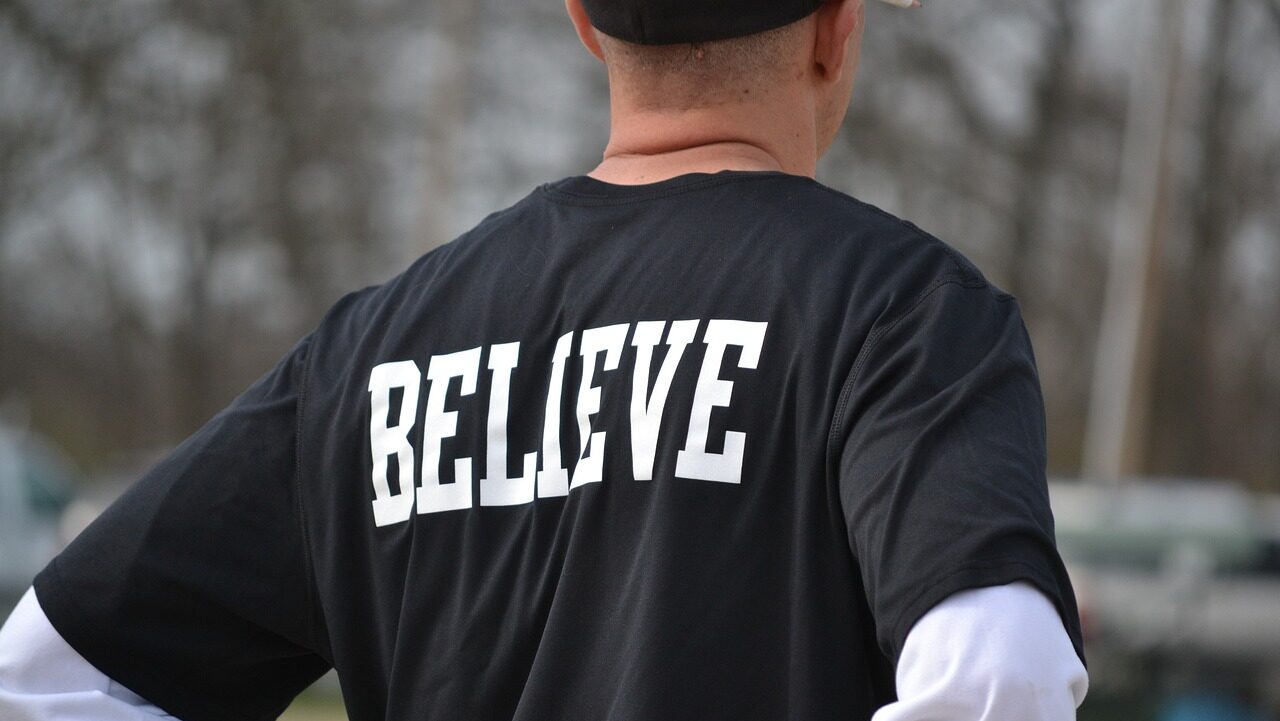Coaching is “believing”
So far, I have created and verbalised a Q&A in order to get as close as possible to the full picture of the ecological approach and to get as many people as possible interested in this theory. It has taken far longer than I had imagined, but there has been a lot of awareness and learning in this process. It also gave me an opportunity to reflect on my daily coaching, and I think it had a big impact on my own way of thinking about coaching and how I want to be as a coach.
As I was writing this chapter, I was thinking about how to conclude this article, when a word popped into my head.
Coaching is “believing”.
This phrase is also the title of a book written by Eddie Jones, a very famous head coach in the world of rugby, and I thought that the practice of the ecological approach could be said to be the very embodiment of this phrase.
Coaching is an activity that has both a scientific aspect and an artistic (art) aspect. Coaches are expected to continue to learn every day, to nourish their ongoing learning and to practise coaching based on scientific evidence (evidence-based coaching). However, on the other hand, they are hit by the reality that the theory they have learned does not always perfectly match the practice in the field. Things always happen in coaching that are difficult to explain from a scientific point of view. In other words, that is the artistic side of coaching.

The ecological approach, symbolised by the key word ‘self-organisation’, is a theory that assumes that the player is an autonomous developing entity. On the flip side, we notice that there is an assumption there that the coach cannot directly develop the player. In other words, coaching in the ecological approach is not an entity that ‘makes’ players grow, but an activity that supports them to grow.
Coaching is “believing”.
My interpretation of what this term means is as follows.
Coaching is “believing from the bottom of one’s heart that players are capable of developing themselves, and then doing one’s best to support their development”.
I have been coaching volleyball for almost ten years now. I ask myself whether I have been able to practise the kind of coaching described above.
I would like to end this article with a strong promise that as I continue coaching, I will continue to grow myself on the side of the players as they grow.



